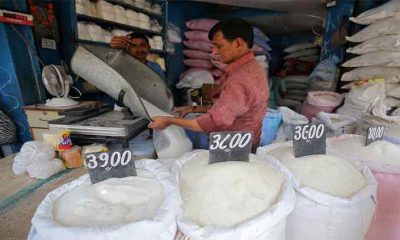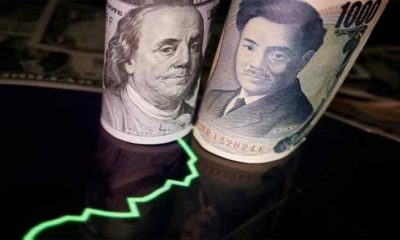Switzerland’s major luxury watch brands are cautiously optimistic that Chinese tourists will boost sales this year, if they return to Europe in large numbers after the easing of domestic Covid-19 restrictions.
Exports to China, a key market for watchmakers, contracted by 13.6 per cent in 2022 due to Beijing’s zero-Covid policy and the surge in infections when it was lifted at the end of the year.
However, exports began to rebound in February – up 8.2 per cent year-on-year, according to the Federation of the Swiss Watch Industry.
“China will regain a positive dynamic,” the federation’s president Jean-Daniel Pasche, told AFP at the industry’s annual Watches and Wonders trade fair in Geneva, where 48 brands such as Rolex, Cartier and Patek Philippe were showing off their latest creations.
With China reopening, many financial analysts have sharply raised their growth forecasts for the luxury sector as a whole in 2023.
During Covid-19 lockdowns, Chinese consumers built up significant savings, with HSBC analysts pointing to estimates of 6.6 trillion yuan (US$960 billion) in excess savings accumulated over the past three years.
Morgan Stanley analysts expect Chinese consumer spending on luxury goods to increase by 20 per cent in 2023.
According to the US investment bank’s estimates, luxury goods lovers in China made up about 60 per cent of the sector’s growth between 2000 and 2019.
Nearly three-quarters of their spending was done abroad, representing a windfall for Europe’s luxury boutiques.
APPETITE FOR TRAVEL
That said, Chinese luxury consumers have become more accustomed to buying domestically during the Covid-19 pandemic.
The Swiss luxury goods giant Richemont sounded a note of caution.
“We see people going back to the stores with an appetite to buy and an appetite to travel,” said Cyrille Vigneron, chief executive of the group’s flagship brand Cartier.
“When a market so important is changing trajectory it has an impact” across the whole of Asia, he told a Watches and Wonders press conference.
But it is hard to predict how the Chinese market will evolve in the short term, said Richemont chief finance officer Burkhart Grund, even though he remains “optimistic for the mid-term development of China”.
“We’ve seen good business during the Chinese New Year, but this has taken place not just in China,” he said, with outbound tourism returning to Asian countries including Thailand and Japan, and the first signs of Chinese tourists returning to Dubai.
“But in Europe, we don’t see it yet.”
FEW FLIGHTS
Guillaume de Seynes, a director at leather goods giant Hermes, had no doubt that the desire to return to Europe “is there”, but flights, “especially to France, are still limited”, he told AFP.
For now, the top priorities at Hermes, which was presenting its new watches in Geneva, remain “to enlarge the average size” of its stores and “gradually increase our presence in China” by opening one boutique a year in a new city, he explained.
Hermes opened a new store in Nanjing in January, taking its number of outlets in China to 27.
In Lucerne, the top tourist destination in Switzerland, the tourism office hopes to see Chinese visitors returning soon “in summer or late spring”, depending on “the availability of visas and flight capacities”, said a spokeswoman for the picturesque city where browsing watch shops is on the must-do list.
Antoine Pin, director of Bulgari’s watch division, said: “We will firstly see wealthy clients coming from China … because the plane tickets are quite expensive.”
Jon Cox, an industry analyst with the Kepler Cheuvreux financial services company, told AFP: “For those companies with distribution in China, I expect a very strong year.
“However, I would not be confident on companies relying on the Chinese returning to Europe this year. It will take a while for the Chinese to come back to Europe in the way they did before Covid.”
Post Views: 166


 Fashion3 months ago
Fashion3 months ago
 Sports2 months ago
Sports2 months ago
 Sports2 months ago
Sports2 months ago
 Fashion2 months ago
Fashion2 months ago
 World3 months ago
World3 months ago
 pakistan3 months ago
pakistan3 months ago
 pakistan3 months ago
pakistan3 months ago



















